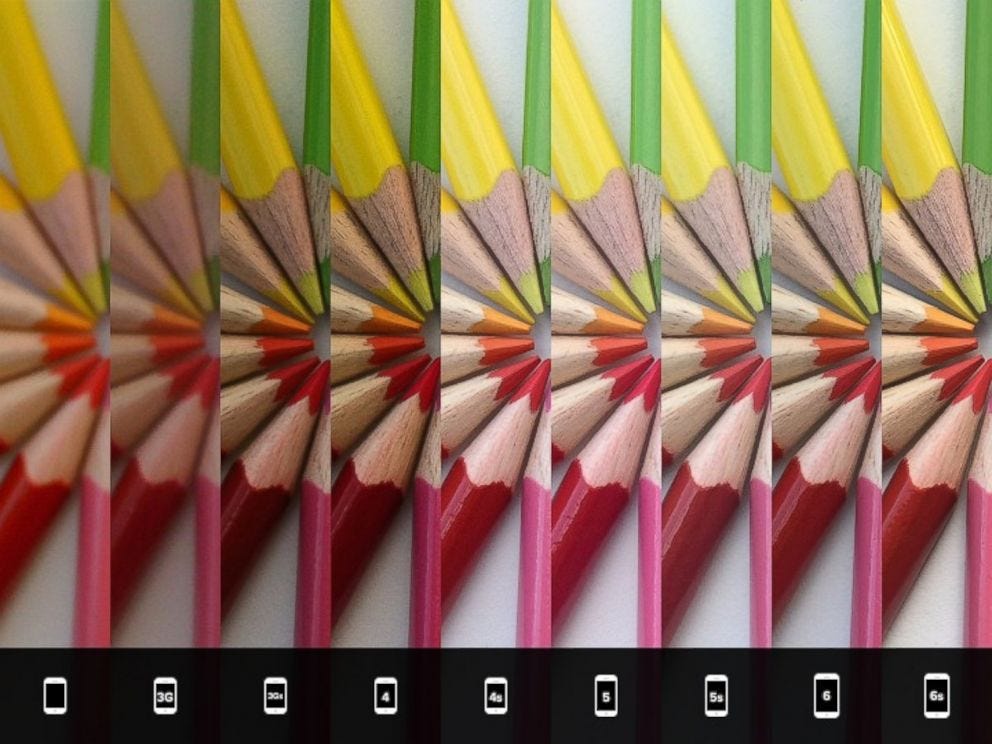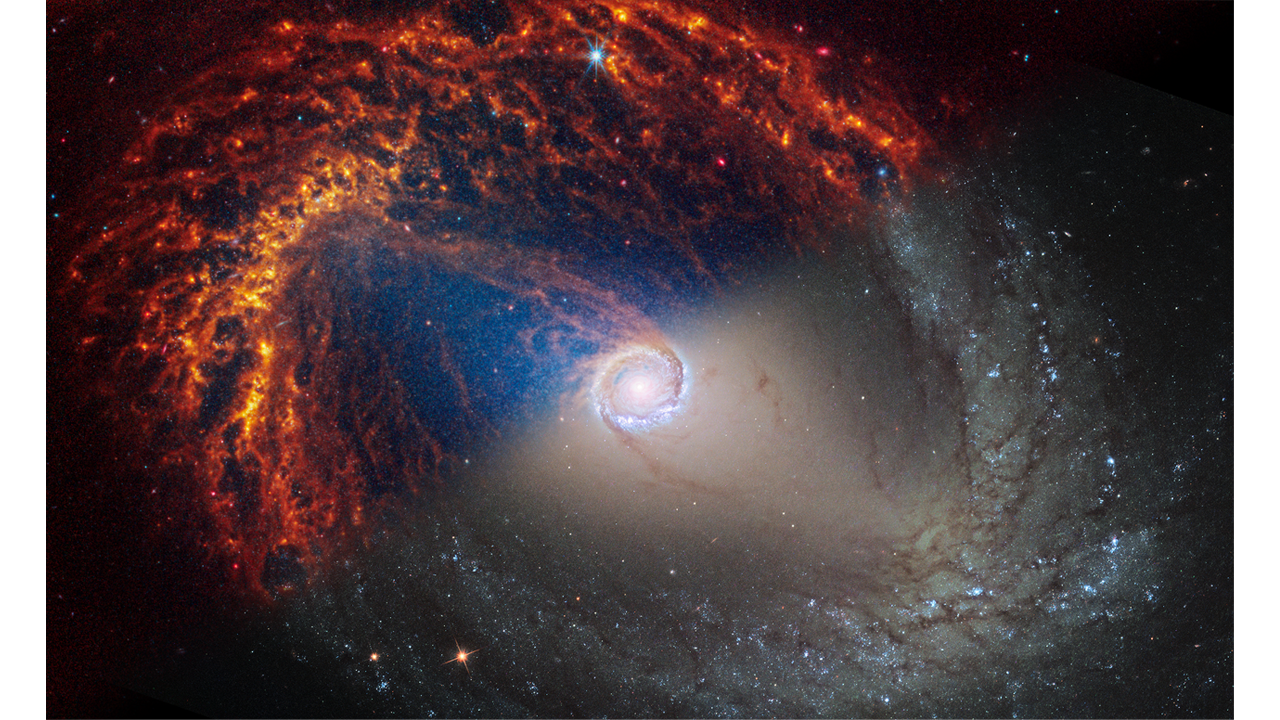How Human Perception Shapes Our Reality: Faulty Tools, Faulty Worldview
How the Personal Tuning of Sensory and Cognitive Instruments Constructs a Worldview
Our experience of all things is inextricably linked to the series of lenses through which we view our surrounding world.
From Galileo’s manual crafting of telescope lenses in the 16th century we get the scientific revolution.
From Benjamin Franklin grinding and polishing of spectacle lenses we get bifocals.
From microscope lenses we get germ theory, anti-septics and modern medicine.
From spectrometer lenses we get the periodic table, the elemental building materials of the universe.
Without the lens of our eyes to focus light onto our retina we are blind. This is the global health challenge of cataracts.
Even cognitive biases act as a mental lens which shape how we perceive information.
In fact, all beliefs you hold are a series of lenses you place upon the world to help you filter and interpret what you see and experience. Life is, after all, fundamentally a series of blinking sensory information and experiences upon which we place a narrative of meaning.
Left to right quality comparison of the early Iphone’s camera lens, Lisa Bettany
There are common characteristics shared by all types of lenses.
Changing the shape and curve of a lens will change the signal which enters into, traverses across and emerges from it.
Changing the material used to construct a lens will change how the signal is refracted. It will also affect the speed of the traveling signal.
Between a source and detector there is a physical distance a signal must cross which times take. This inherent time delay is sometimes important and sometimes not but important to be aware of.
Light from Andromeda, our closest neighboring galaxy, has a time delay of 2.5 million light years.
The morning sunlight on your face by comparison is only 8 to 9 minutes old.
There is even a question of whether physical reality requires a lens, detector or observer to manifest at all.
This is the famous double slit experiment, where the photon only collapses from probabilistic wave into a lower energy particle state when observed.
This is Heisenberg’s uncertainty principle, where the superpositioned electrons in the orbital cloud of an atom collapse into a definite location only when observed and measured.
This is Schroedinger’s cat in the box who is both alive and dead, only maybe killed by poison until observed.
This is the “esse est percipi” (to be is to be perceived) of George Berkley’s famous philosophical question about the sound of a tree which has fallen but is unheard by an observer.
With incomplete, inaccurate or poor quality detectors of physical reality comes a correspondingly incomplete, inaccurate and poor quality construction of physical reality.
It’s foundational that our physics is only as good as the quality of signal our human invented detectors of physical reality allows for.
For example, 27% of the universe’s mass-energy content appears to be composed of dark matter per the math but our detectors are not sufficiently advanced to capture it.
The top left image is from the 2021 James Webb Space Telescope. The lower right image is from the 1990 Hubble Space Telescope. Notice the image quality difference across 31 years of technological advancements. Barreled Spiral Galaxy NGC 1512.
Each of our personalized cognitive lens of belief transmutes the signal of reality which forms our perceptions of truth.
So the accuracy of the reality you construct is only as good as the quality of your tools of detection. With faulty tools you construct a faulty worldview.
With faulty tools you are the potemkin villages of North Korea.
With faulty tools you are a house built on a foundation of sand, no matter how intricate the architecture





